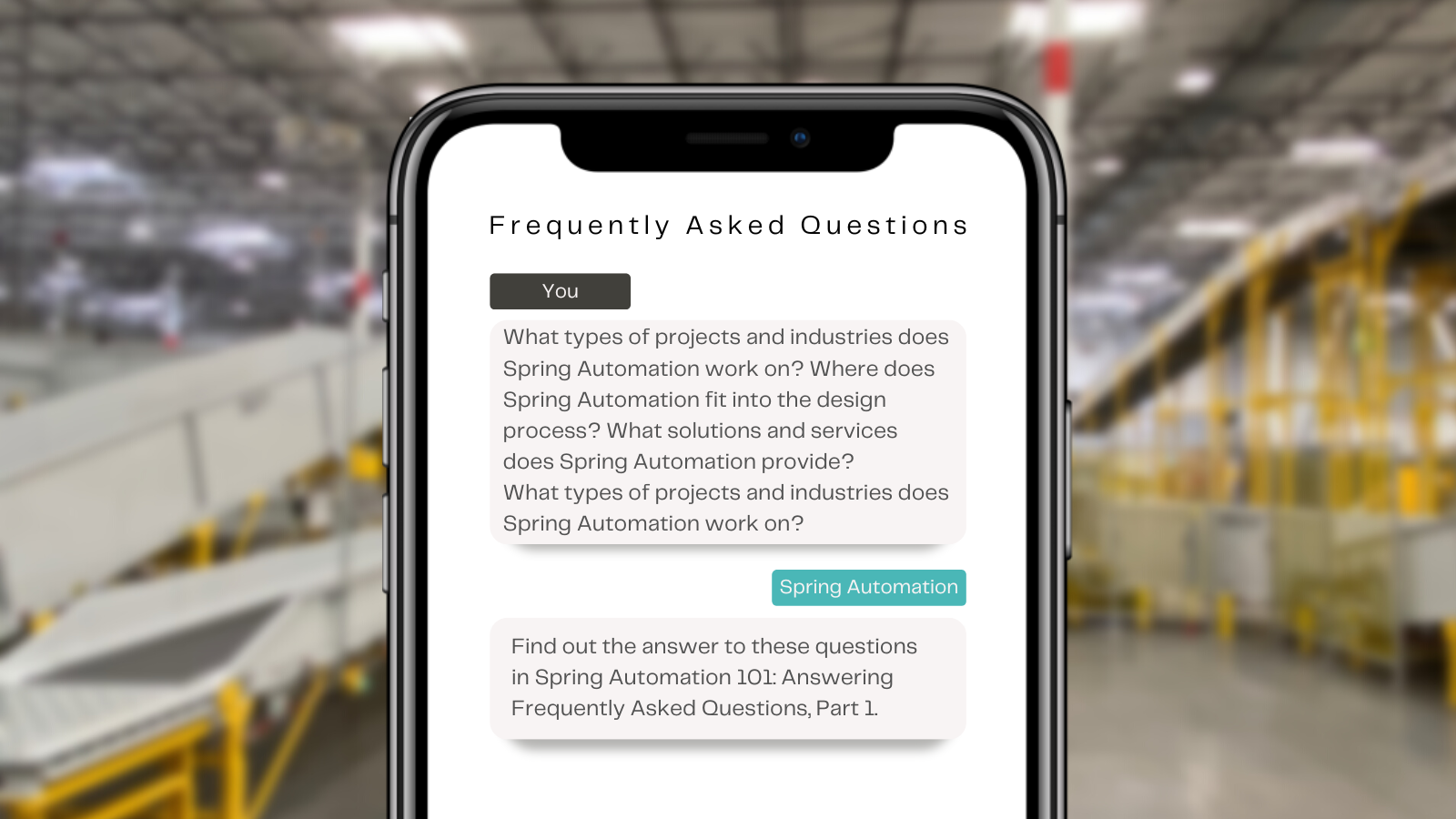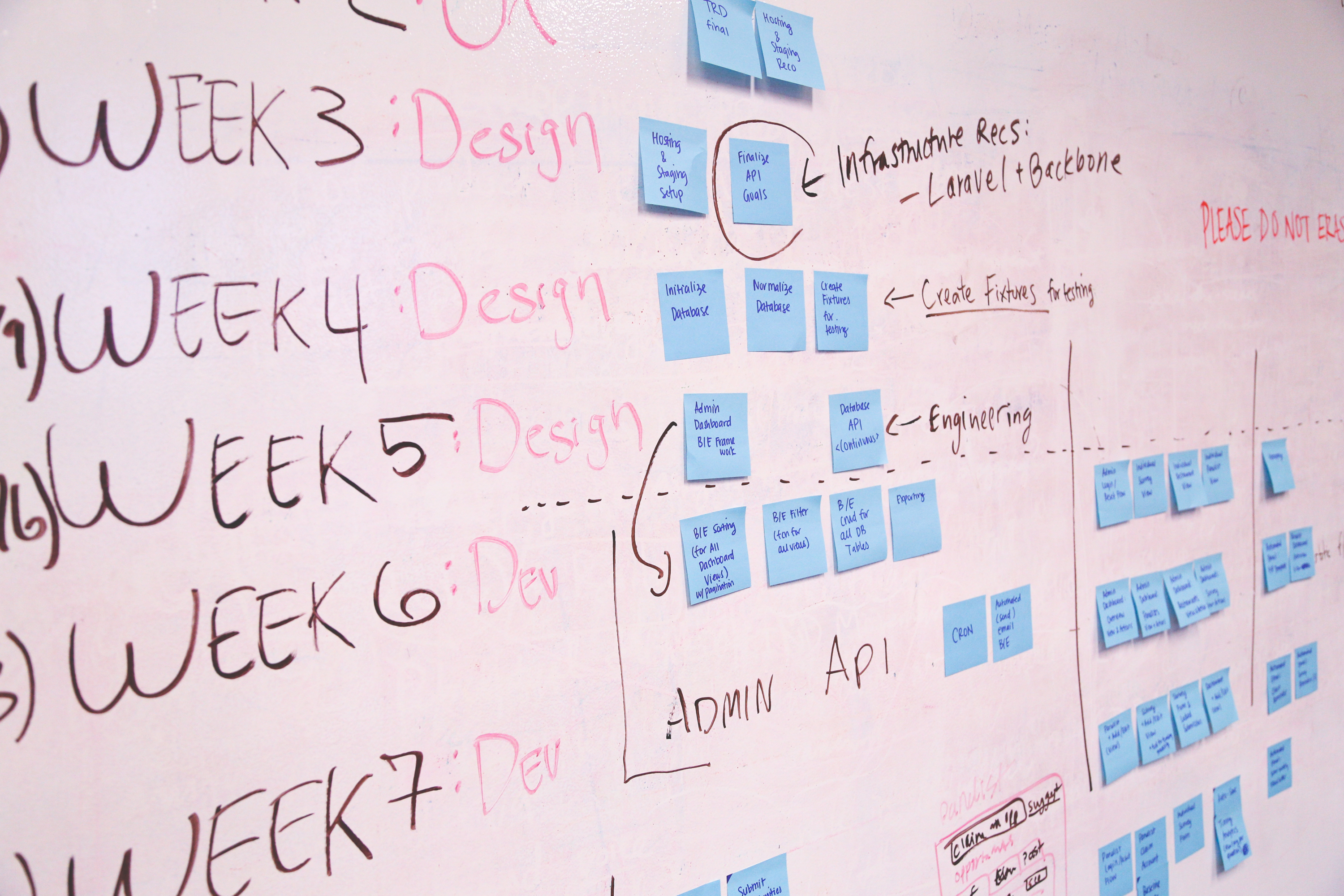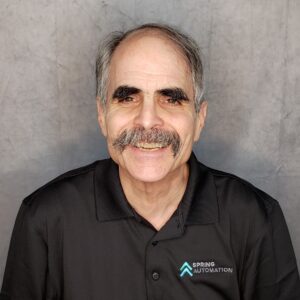Spring Automation 101: Answering Frequently Asked Questions, Part 1

As a provider of turnkey controls and control software for automated material handling equipment used in distribution and order fulfillment centers, Spring Automation partners with customers to ensure project success. That’s why we wanted to take this opportunity to introduce ourselves and share the answers to some of the most frequently asked questions (FAQs) we get to see if we are the right partner for you.
We get a lot of questions, so I’ll be answering them in this post and in a part two. Here, you’ll learn more about the solutions Spring Automation provides and types of projects we work on, and where we fit into the design process and project lifecycle.
What solutions and services does Spring Automation provide?
Spring Automation provides complete, end-to-end controls for automated material handling equipment. Our projects typically include programmable logic controllers (PLCs), control software, communications hardware and protocols, SCADA, human-machine interface (HMI) control systems, and more.
Additionally, we offer our proprietary Voyager warehouse control system (WCS) software, built with a modular design that enables easy configuration, or reconfiguration, as an operation’s needs change. Voyager can incorporate a variety of functions, including proactive monitoring in real-time to enable more informed decisions, highlighting key events in daily operations, an alarm tracking function to identify and track faults and errors, and more. Voyager can be configured to control destination routing, sorting, order consolidation, print-and-apply solutions, dimensioners, in-line scales for weight capture, and many other processes, systems, and tasks.
Spring Automation also offers service and maintenance contracts tailored to match our customers’ needs. We make recommendations to help operations managers strategically plan updates and modifications with our guidance to prevent any issues or code errors, avoiding unexpected downtime. Spring Automation further assists in troubleshooting and provides support to customers who are making changes to their current system. Our highly experienced controls engineers can travel on site for upgrades, modifications, expansions, and software updates.
What types of projects and industries does Spring Automation work on?
Original equipment manufacturers (OEMs) and system integrators engage us to provide the controls hardware and software that make automated material handling, distribution, or order fulfillment operations function and perform as expected. We provide controls, electrical, and software packages for Greenfield facilities, retrofits and expansions of existing operations, updates, and modernizations of current control systems and software, and software updates for controls systems.
While we work in a broad range of industries, with the tremendous expansion of e-commerce and online shopping over the past few years, we’ve experienced an uptick in the number of parcel handling, logistics, and retail projects. The size and scope of our project work ranges from small engagements lasting a few days to large, multi-phase projects spanning multiple years.
Where does Spring Automation fit into the design process?
Spring Automation becomes involved early in the design process upon being invited by a system integrator or OEM to provide a controls and software design proposal for an automated system.
We start each proposal with a mechanical drawings package for the overall system design, a complete equipment list, the proposed project timeframe, and target go-live date. After evaluating this information, our solutions team then puts together a recommended design plan for the controls and electrical packages, as well as for any necessary software — such as our Voyager warehouse control system (WCS).
We work to provide solutions that enhance system usability, minimize the potential for unnecessary complexity in the controls, and prevent system errors or faults. For example, we propose the placement of key automatic identification and data capture technologies to maximize read rates and minimize errors.
Additionally, we try to gather as much information about the project’s current objectives, as well as any anticipated growth or phased expansion plans. Knowing ahead of time that an operation will likely be expanded in the future helps our engineers provide a design for installing equipment and controls that allow for the addition of more automated equipment. By investing in a larger or more expandable controls solution, an operation generally saves a significant amount of time and expense during the later phases of a system’s design.
Want to learn more about Spring Automation?
In my second FAQ post, I’ll explain what sets us apart as a turnkey controls and control software provider, how we’re proactively addressing the supply chain disruptions and lead time challenges, and how Spring Automation’s solutions are a key part of the digital innovations enabling distribution and fulfillment operations to maximize their automated system investments.
If you have any questions that I did not answer — or you want to learn more about our solutions, services, and software — connect with me at alex.smith@springautomation.com or by calling 615-472-9454. I look forward to hearing from you.

About the Author
Alex Smith joined Spring Automation in December of 2021 as Director of Sales and Marketing. Alex graduated from Western Kentucky University with a degree in Corporate and Organizational Communication. He has held a CMSE (Certified Machinery Safety Expert) certification since 2018 while working for a safe automation company providing engineering services and products to OEMs, integrators, and end-users. Before joining Spring Automation, Alex spent 8+ years in the automation industry, serving in various sales roles. Most recently, he worked for an automation company specifying equipment for barcode scanning, dimensioning, and presence sensing, among many other applications in Logistics Automation. In his spare time, Alex enjoys playing golf, spending time with family and friends, being outdoors, and watching sports, especially the Kentucky Wildcats and Atlanta Braves.


